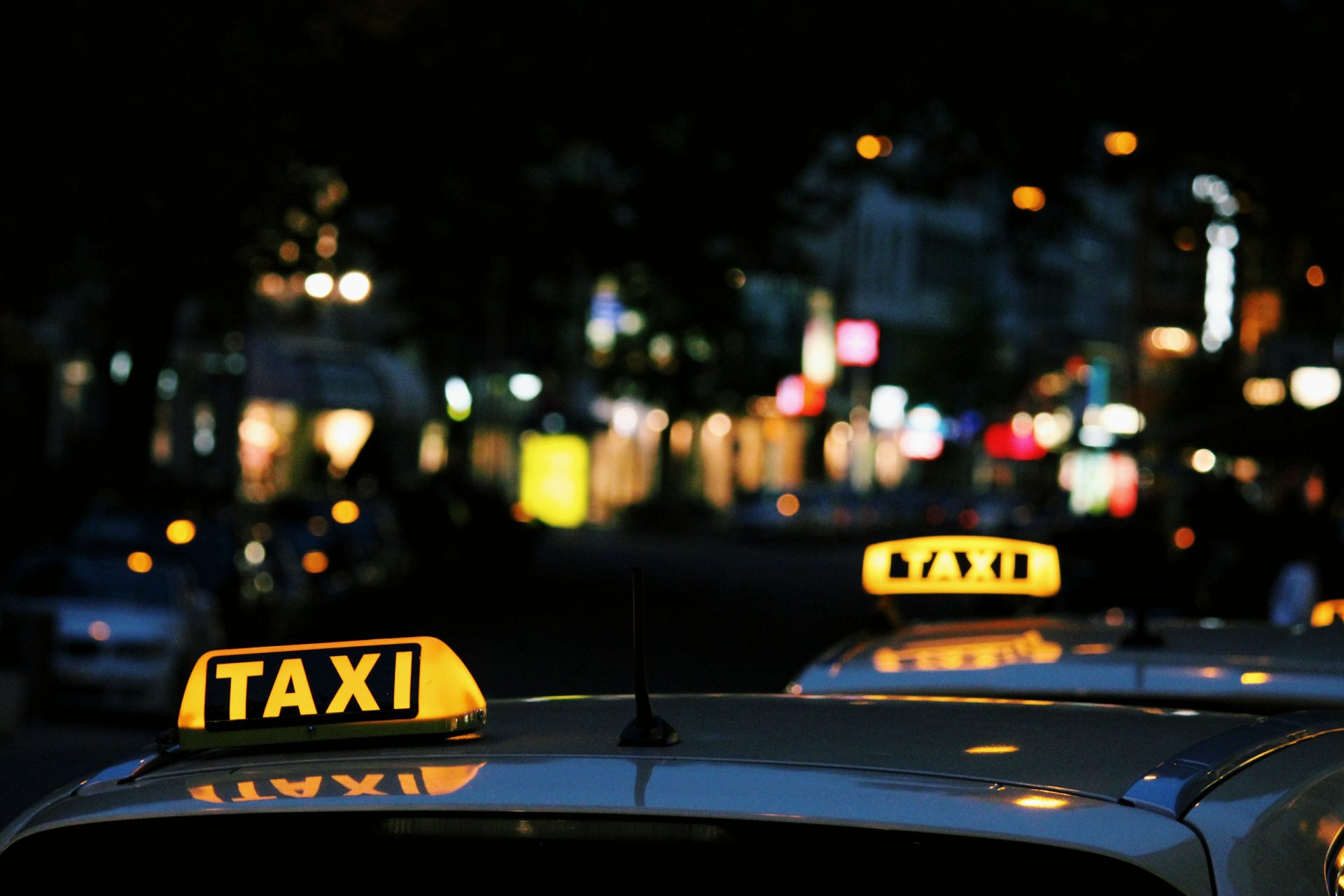Self-driving cars have been touted as the future of transportation, promising increased safety and convenience. However, recent incidents involving autonomous vehicles have raised concerns about their reliability and safety measures. One such incident involved Cruise, the self-driving car subsidiary of General Motors (GM), which issued a recall for 950 vehicles equipped with its autonomous vehicle software. This recall comes after a pedestrian was hit by a human-driven car and then dragged by one of Cruise’s robotaxis. In this article, we will delve into the details of the recall, the incidents leading up to it, and the actions Cruise is taking to address the situation.
The Cruise Recall
Cruise initiated the recall after analyzing the response of one of its robotaxis on October 2nd. The analysis revealed that the collision detection subsystem of the Cruise AV software caused the vehicle to attempt to pull over out of traffic instead of remaining stationary when a pullover was not the desired post-collision response. This flaw in the software resulted in a pedestrian being dragged by the robotaxi for approximately 20 feet.
In response to the incident, Cruise issued a blog post and a recall notice to the National Highway Traffic and Safety Administration (NHTSA). The company acknowledged that similar collisions with a risk of serious injury could have occurred every 10 million to 100 million miles of driving prior to the software update. However, Cruise is committed to continually improving its software to enhance safety and reduce the likelihood of such incidents.
Increased Scrutiny and Regulatory Action
The incident involving Cruise’s robotaxi and the pedestrian has put the company and its parent company, GM, under increased scrutiny. Prior to the recall, Cruise had faced several incidents, including a collision with an emergency response vehicle. However, the October 2nd incident prompted regulatory action.
The California Department of Motor Vehicles and the state’s Public Utilities Commission revoked Cruise’s permits to commercially operate a fleet of robotaxis on public roads in San Francisco. Additionally, Cruise suspended all driverless testing and operations across its fleet, which encompassed cities such as Austin, Houston, and Phoenix. The production of Cruise’s custom-built Cruise Origin vehicles was also halted.
The actions taken by the regulatory bodies and the suspension of operations have placed Cruise in a crisis mode. Recent reports have shed light on the company’s safety practices and potential flaws in its software, further intensifying the scrutiny. Cruise is now facing federal investigations into how its autonomous vehicles interact with pedestrians.
Response and Future Plans
In response to the situation, Cruise has outlined several steps it is taking to address the concerns and improve safety. The company plans to hire a chief safety officer who will report directly to the CEO. This position will be crucial in overseeing and implementing safety protocols and ensuring compliance with regulations.
Cruise has also engaged the services of Exponent, a technical consulting firm, to conduct a thorough review of its software and identify any potential vulnerabilities or areas for improvement. Additionally, the company has retained the law firm Quinn Emanuel to examine its response to the October 2nd incident, including its interactions with law enforcement, regulators, and the media.
While the recall and the subsequent investigations may have raised doubts about the safety and reliability of autonomous vehicles, Cruise remains committed to the development and deployment of self-driving technology. The company acknowledges that there is room for improvement and is determined to make these incidents even rarer as its software evolves.
See first source: TechCrunch
FAQ
Q1: What prompted Cruise to issue a recall for its autonomous vehicles?
- Cruise initiated the recall after an incident where the collision detection software in one of its robotaxis caused the vehicle to attempt to pull over out of traffic instead of remaining stationary after a collision, resulting in a pedestrian being dragged.
Q2: How does Cruise plan to address the safety concerns raised by the recall?
- Cruise is taking several steps to address safety concerns, including hiring a chief safety officer, conducting a software review with the help of a technical consulting firm, and retaining a law firm to examine its response to the incident. These measures aim to improve safety protocols and ensure compliance with regulations.
Q3: What regulatory actions were taken following the incident involving Cruise’s robotaxi and the pedestrian?
- The California Department of Motor Vehicles and the state’s Public Utilities Commission revoked Cruise’s permits to operate robotaxis on public roads in San Francisco. Cruise also suspended all driverless testing and operations and halted the production of its custom-built Cruise Origin vehicles.
Q4: Is Cruise still committed to developing and deploying self-driving technology despite the recall and investigations?
- Yes, Cruise remains committed to the development and deployment of self-driving technology. The company acknowledges the need for improvement and is determined to make incidents like the one involving the pedestrian even rarer as its software evolves.
Featured Image Credit: Photo by Lexi Anderson; Unsplash – Thank you!










